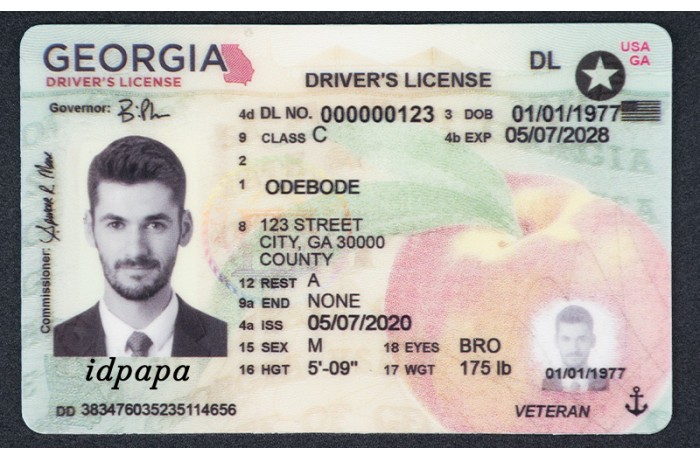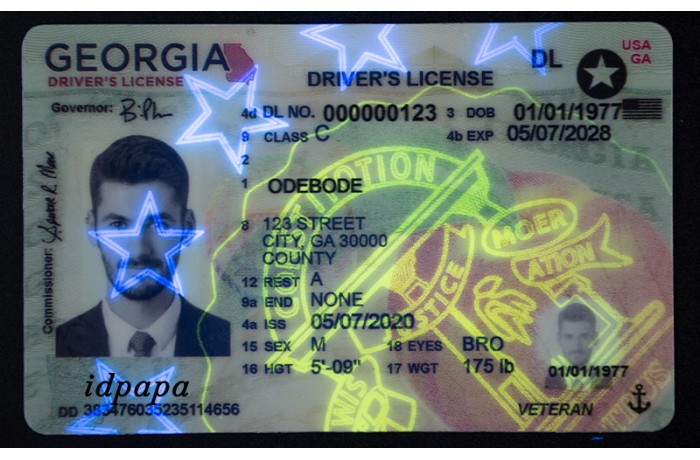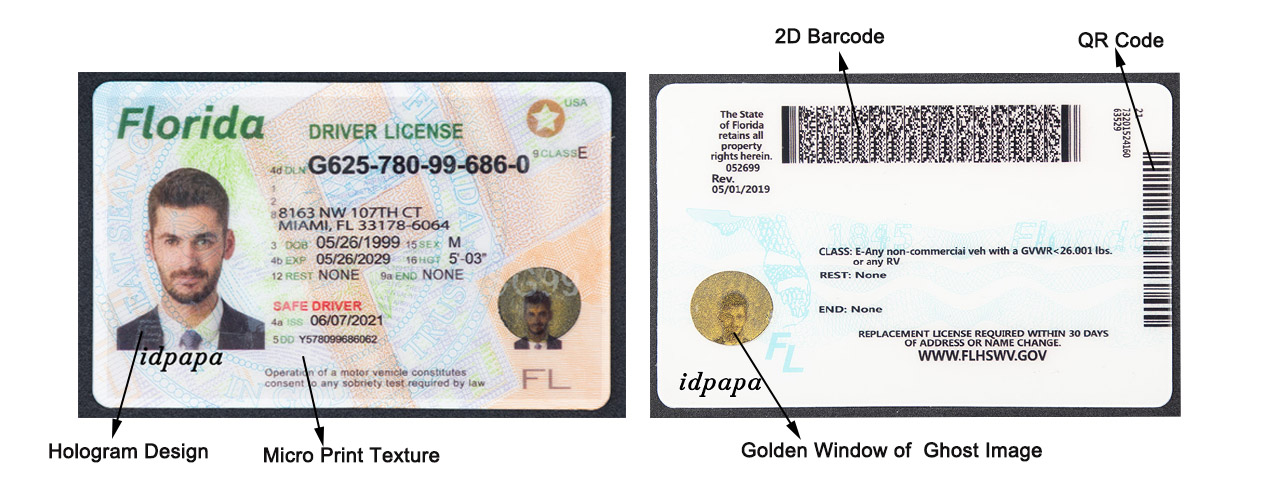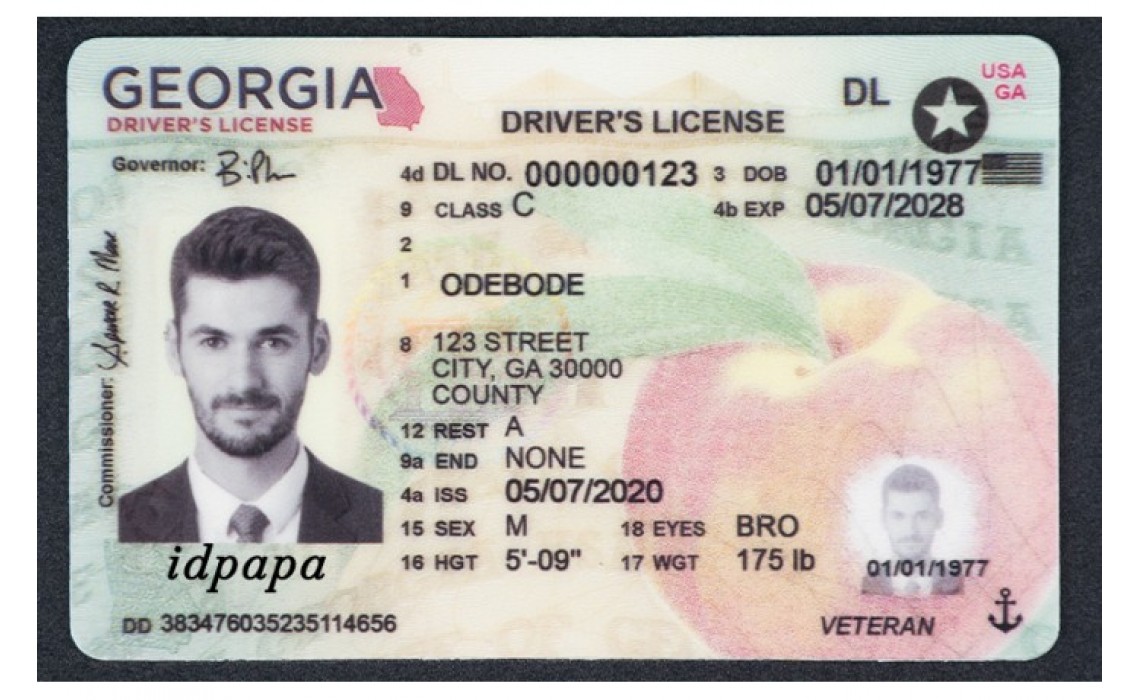How to Determine If a State ID is Scannable or Not?
How to Determine If a State ID is Scannable or Not?

Introduction
Knowing whether a state ID is scannable is crucial. Many venues—like bars, liquor stores, and nightclubs—now use ID scanners to verify authenticity. However, not all IDs will pass these checks, and getting caught with a non-scannable fake can lead to embarrassment or even legal trouble.
In this guide, we'll break down how to determine if a state ID is scannable, what scanners look for, and how to increase your chances of successfully passing ID verification.
What Does "Scannable" Mean?
A scannable ID is one that will be successfully read by an electronic scanner. This means that the barcode, magnetic stripe, and embedded data must match what a real state-issued ID would contain.
When a bouncer, bartender, or cashier scans an ID, they are looking for:
●Readable barcode or magnetic stripe
●Consistent encoded data matching printed details
●Proper formatting based on state-specific ID templates
●Security features that align with real IDs from that state
If an ID doesn’t scan correctly, it raises suspicion and may result in rejection or confiscation.
How ID Scanners Work
Understanding how ID scanners work can help you identify whether an ID is scannable.
1. Barcode & Magnetic Stripe Readers
●Most scanners read the PDF417 barcode on the back of the ID, which contains:
○Name
○Date of birth
○Address
○License number
○Expiration date
●Some scanners also read magnetic stripes, which function similarly to credit card stripes.
2. Database Verification
●High-end scanners cross-check the ID’s barcode against a state database.
●If the ID doesn’t exist in the database, it will be flagged as fake.
●Some places (like high-end clubs) have real-time access to DMV records.
3. UV & Hologram Checks
●Some scanners use ultraviolet (UV) lights to check for hidden security features.
●Real IDs have holograms, watermarks, and UV-reactive text that fakes often fail to replicate.
4. Facial Recognition & AI Detection
●Newer ID scanners compare the ID’s photo to the person using it.
●AI-based verification systems can detect inconsistencies in facial features, age, and barcode data.
How to Check If a State ID is Scannable

Before using an ID, test it to ensure it will scan correctly. Here’s how:
1. Use a Barcode Scanning App
●Download apps like Scanner, BCS, or AgeID to check if the barcode is readable.
●If the barcode scans correctly and displays matching data, the ID is more likely to pass real-world scanners.
●If the scan fails or shows mismatched data, the ID is likely non-scannable.
2. Test at a Self-Checkout Register
●Many grocery stores and gas stations require an ID scan for alcohol purchases.
●Try scanning your ID at a self-checkout machine to see if it reads correctly.
●If the register accepts it, the barcode is properly encoded.
3. Compare to a Real State ID
●Find a legit ID from the same state and compare:
○Barcode structure
○Font spacing & alignment
○Hologram quality
○UV security elements (use a blacklight)
●If your fake lacks any of these features, it might fail scanning tests.
4. Swipe the Magnetic Stripe
●If the ID has a magnetic stripe, test it with a magstripe reader (cheap ones are available online).
●If the stripe doesn’t store the right data, scanners will reject the ID.
5. Check for Common Fake ID Flaws
●Incorrect barcode encoding: If the barcode data doesn’t match what’s printed on the front, scanners will flag it.
●Misspelled text or inconsistent fonts: Some fakes use slightly wrong fonts or spacing.
●Wrong license number format: Some states have specific formats for license numbers, and a mismatch can cause a failed scan.
●Non-reactive holograms: Use a blacklight to see if UV elements appear correctly.
States Where Fake IDs Are More Likely to Scan

Not all states have the same security measures. Some states have easier-to-replicate IDs, while others have advanced anti-fraud technology.
Easiest States for Scannable Fake IDs ✅
●Mississippi – Minimal security features.
●West Virginia – Older ID designs are still in use.
●Idaho – Simple barcode formatting.
●Florida – High demand means vendors make high-quality fakes.
●Texas – Older versions are still widely accepted.
Hardest States for Scannable Fake IDs ❌
●California – Uses advanced facial recognition in some venues.
●New York – Cross-checks IDs with a real-time database.
●Illinois – Complex barcodes and holographic layers.
●Virginia – Requires multiple embedded security layers.
●Nevada – Casinos use advanced scanning and database verification.
If you’re using a fake ID, choosing a state with fewer security features can increase your success rate.
How to Improve Your Fake ID’s Scannability
If your fake ID doesn’t scan properly, certain modifications can make it more likely to pass:
✅ Buy from a High-Quality Vendor(like IDPAPA)
●Not all fake ID makers use the same technology. Stick to well-reviewed vendors with a track record of scannable IDs.
✅ Use an Older ID Design
●Some states still accept previous versions of their ID designs.
●Ordering an older design may bypass some modern security checks.
✅ Test It Before Going Out
●Always scan your fake ID before using it.
●If it fails the self-checkout or scanning app test, it’s not worth using.
✅ Act Confidently
●If you hesitate, bouncers and cashiers will scrutinize your ID more.
●Hand over your ID like it’s real and avoid nervous behavior.
✅ Avoid Using a Fake ID Where It’s Not Necessary
●Some places require ID scanning, while others just do a visual check.
●If scanning is required, use a state ID known for passing scans.
Final Thoughts
If you're using a fake ID, making sure it scans properly is the difference between getting in or getting turned away.
By using barcode scanning apps, testing at self-checkouts, and choosing the right state ID, you can significantly improve your chances of success. Confidence, preparation, and a high-quality vendor will maximize the likelihood that your ID will scan without issues.
With ID technology evolving, staying ahead of detection methods is key to keeping your fake ID working. Test it, compare it, and always be smart about where you use it.


